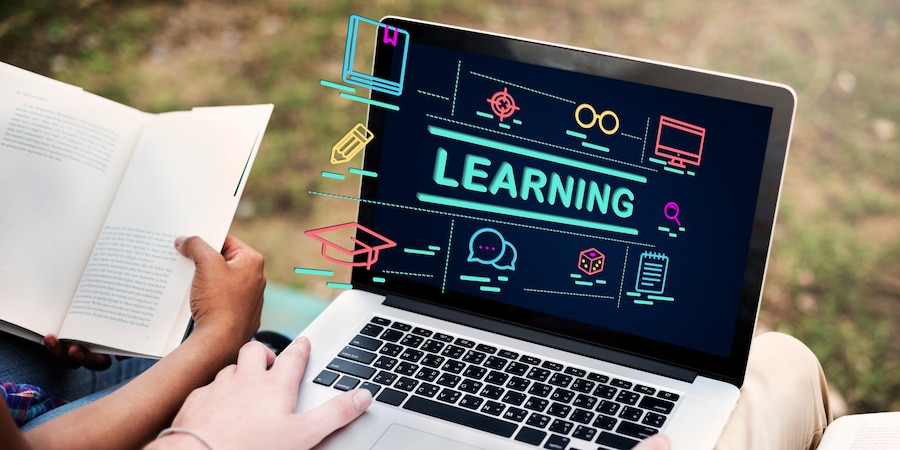The digital revolution has significantly impacted various aspects of our lives, including education. In today’s modern world, digital media plays a crucial role in shaping the way we teach and learn. This article explores the effects of digital media on education and how it has transformed the educational landscape.
Introduction
Education has undergone a tremendous transformation in recent years due to the advancements in digital media. Traditional teaching methods are being replaced with innovative and interactive approaches, thanks to the widespread use of technology in classrooms. This article examines the advantages and disadvantages of digital media in education, how it has changed teaching methods, and what the future holds for this evolving landscape.
The Impact of Digital Media on Education
Digital media has revolutionized education by providing new opportunities for students and teachers alike. Let’s explore the positive impact it has had on modern education.
Advantages of Digital Media in Education
- Access to Information: Digital media has made information readily available to students. With a few clicks, students can access a vast range of resources, including e-books, online journals, and educational websites. This accessibility has opened doors to knowledge that was previously limited to textbooks.
- Interactive Learning: Digital media offers interactive learning experiences that engage students and enhance their understanding of complex concepts. Educational videos, simulations, and virtual reality tools provide a dynamic learning environment that fosters active participation and boosts student engagement.
- Personalized Education: Digital media enables personalized learning experiences tailored to individual students’ needs. Adaptive learning platforms can identify students’ strengths and weaknesses and provide customized content and feedback, allowing for a more personalized and effective learning process.
- Collaborative Learning: Digital media facilitates collaboration among students, both locally and globally. Online discussion forums, video conferences, and collaborative platforms promote peer-to-peer learning and the exchange of ideas, enabling students to work together on projects regardless of their physical location.
Disadvantages of Digital Media in Education
Despite its numerous advantages, digital media also presents some challenges and disadvantages in an educational context.
- Distractions and Lack of Focus: The abundance of digital media can lead to distractions and a lack of focus among students. Social media, online games, and other forms of entertainment compete for students’ attention, making it harder for them to concentrate on their studies.
- Information Overload: The internet is a vast sea of information, and students may struggle to navigate and filter through the overwhelming amount of content available. It becomes crucial to develop critical thinking skills and evaluate the credibility and reliability of online sources.
- Inequality in Access: While digital media has expanded access to education, it has also highlighted the existing digital divide. Not all students have equal access to technology and the internet, creating an educational disparity that needs to be addressed to ensure equitable opportunities for all.
- Misinformation and Fake News: The proliferation of digital media has led to an increase in misinformation and fake news. Students must develop media literacy skills to discern accurate information from false or misleading content, promoting critical thinking and digital citizenship.
How Digital Media is Changing Teaching Methods
Digital media has not only transformed the learning experience but also revolutionized teaching methods. Let’s explore how educators are incorporating digital media into their instructional practices.
- Blended Learning: Blended learning combines traditional classroom instruction with online learning activities. Teachers use digital media to deliver content, assign online assessments, and provide interactive materials, enhancing students’ learning experiences.
- Flipped Classroom: In a flipped classroom model, students learn new concepts online through videos or interactive modules before attending class. Classroom time is then dedicated to discussions, group activities, and problem-solving, allowing for more interactive and collaborative learning experiences.
- Online Assessments: Digital media has enabled the transition from traditional paper-based assessments to online assessments. Online quizzes, tests, and assignments provide instant feedback to students, allowing teachers to identify areas of improvement and adapt their teaching accordingly.
The Future of Digital Media in Education
As technology continues to evolve, the future of digital media in education looks promising. Here are some potential developments that may shape the educational landscape:
- Artificial Intelligence (AI) in Education: AI-powered tools can provide personalized recommendations, intelligent tutoring, and automated grading systems, further enhancing the learning experience.
- Virtual and Augmented Reality: Immersive technologies like virtual reality (VR) and augmented reality (AR) have the potential to revolutionize education by creating realistic simulations and interactive learning environments.
- Adaptive Learning Systems: Adaptive learning systems will become more sophisticated, offering tailored educational content based on individual students’ progress, preferences, and learning styles.
Conclusion
Digital media has had a profound impact on modern education, transforming the way we teach and learn. It has expanded access to information, provided interactive learning experiences, and allowed for personalized education. However, challenges such as distractions, information overload, and inequality in access need to be addressed. By embracing digital media and leveraging its potential, educators can create engaging learning environments that prepare students for the digital age.



